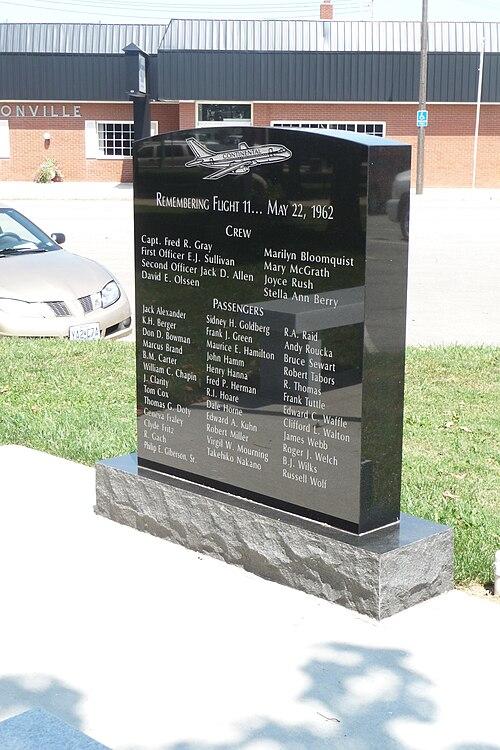
d: 1962
Thomas G. Doty
Summary
Name:
Years Active:
1962Status:
DeceasedClass:
Mass MurdererVictims:
45Method:
Aircraft bombingDeath:
May 22, 1962Nationality:
USA
d: 1962
Thomas G. Doty
Summary: Mass Murderer
Name:
Thomas G. DotyStatus:
DeceasedVictims:
45Method:
Aircraft bombingNationality:
USADeath:
May 22, 1962Years Active:
1962bio
Thomas G. Doty was a 33-year-old American man living in the Chicago area in 1962. He was married and the father of a five-year-old daughter. Despite outward appearances of a stable family life, Doty’s personal circumstances were rapidly deteriorating in the months before his death.
He had been charged with armed robbery, and his court appearance was imminent. Facing the possibility of a long prison sentence and mounting financial troubles, Doty became increasingly desperate. Investigators later discovered that his financial condition was dire — his debts were significant, and he had recently purchased large amounts of life insurance, which raised suspicion after the disaster.
On the day of his final act, Doty purchased a $150,000 Mutual of Omaha life insurance policy — equivalent to over $1.19 million in modern value — and additional airport-issued policies totaling another $150,000, all of which were payable to his wife and daughter in the event of his death. The total insurance coverage amounted to $300,000 (roughly $2.38 million in 2022), an enormous sum at the time.
Doty’s psychological profile, as reconstructed by investigators, suggested a man under severe financial and emotional pressure, viewing self-destruction as a means of securing financial stability for his family.
murder story
On the evening of May 22, 1962, Continental Airlines Flight 11, a Boeing 707-124, departed Chicago O’Hare International Airport bound for Kansas City, Missouri, with 37 passengers and 8 crew members on board. The flight was routine and departed at 8:35 p.m. under normal weather conditions, though storms were forming near the Midwest.

Among the passengers was Thomas G. Doty, carrying a briefcase that contained six sticks of dynamite. Unknown to all aboard, Doty had smuggled the explosives onto the aircraft with the intention of detonating them mid-flight to stage his own death as an accident — ensuring his wife and daughter could collect the life insurance policies he had purchased just hours earlier.
At approximately 9:17 p.m., while the jet was flying near Centerville, Iowa, witnesses on the ground and radar operators observed the aircraft deviate from its flight path, likely due to turbulence or evasive maneuvers around thunderstorms. Moments later, an explosion erupted in the right rear lavatory, where Doty was located. The force of the detonation blew off the tail section of the Boeing 707, instantly destroying the aircraft’s control systems and causing catastrophic decompression.
The plane entered a steep, uncontrollable dive. The engines separated from the wings, and the fuselage disintegrated midair, scattering debris across farmland near Unionville, Missouri, and Cincinnati, Iowa. Witnesses described seeing a “ball of fire” in the sky at approximately 9:22 p.m., visible for miles.
Of the 45 people on board, 44 were killed instantly, while one passenger, a 27-year-old man from Evanston, Illinois, was pulled from the wreckage alive but succumbed to internal injuries 90 minutes later at a local hospital.
